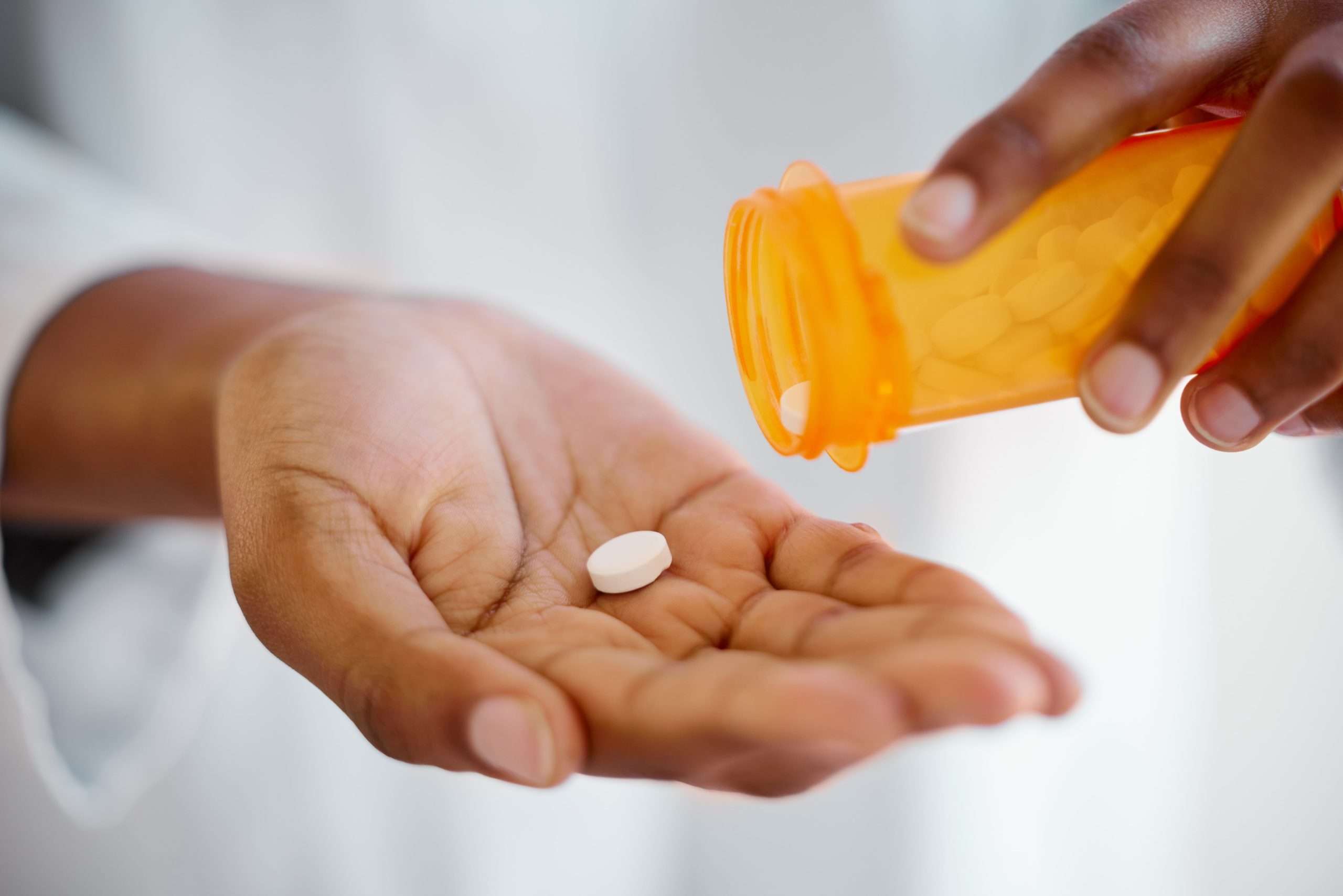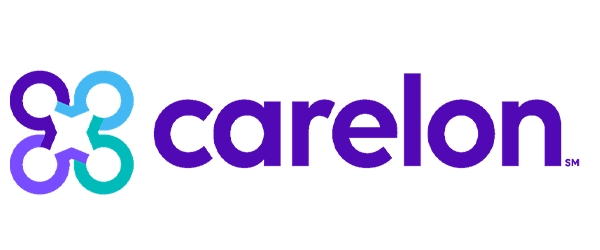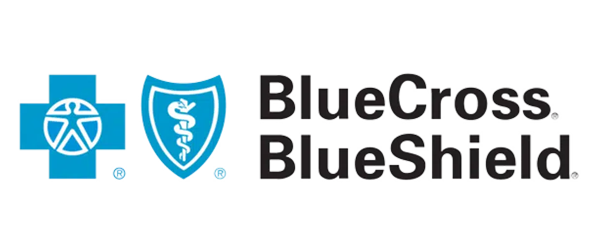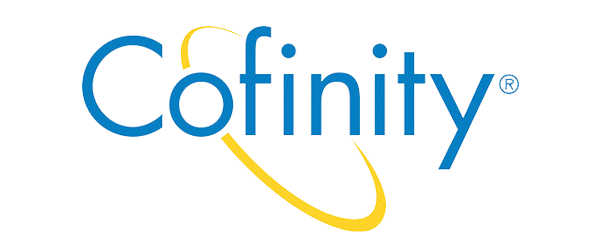Prescription drugs can be real game-changers for people who need help with a wide variety of physical and psychological conditions. Sadly, some of them end up becoming part of an addiction that requires getting professional help. People sometimes wonder “How long do prescription drugs stay in your system?” The question can come up in relation to the necessary dosage to achieve the full effect of the medication. It can also be a concern for those who have to take a drug test for employment or other reasons. The answer to the question depends on the specific medication taken, the dosage, and more.
The Factors That Determine How Long Prescription Drugs Stay In Your System
Several contributing factors include things like the person’s physical characteristics, including their height, weight, and percentage of body fat. Another factor involves a person’s age. Older people metabolize more slowly than other age groups. As a result, prescription drugs often stay in their system longer. As well, someone who has poor kidney or liver function may find prescription drugs leave their system more slowly.
What medication a person takes, the amount of the dosage, and how often they take it influences how long it stays in their system. The longer a person uses a substance, the longer it may remain in an accumulated state. This means it takes longer to clear their system. Additionally, just as genetics can predispose someone to become addicted to drugs or alcohol, it can also factor into how quickly they metabolize substances.
When someone takes a drug test, whether or not drug usage can be detected depends on what type of test is administered. When a hair sample is tested, most drugs can show up for up to 90 days. Other types of drug test results are as follows and should be used as a general guide:
Amphetamines: 1-3 days in urine and 12 hours in blood
Barbiturates: 2-4 days in urine and 1-2 days in blood
Benzodiazepines: 3-6 weeks in urine and 2-3 days in blood
Cocaine: 3-4 days in urine and 1-2 days in blood
Hallucinogens: 1-4 days in urine and a few hours to 2 days in blood
Heroin: 3-4 days in urine and 12 hours in blood
Marijuana: 7-30 days in urine and up to 2 weeks in blood
Methamphetamines: 3-6 days in urine and up to 3 days in blood
Which Prescription Drugs Do People Abuse the Most?
Many prescription drugs have the potential to cause a person to develop an addiction. However, some have a higher risk than others. According to the Mayo Clinic, the prescription drugs most commonly used as part of a substance use disorder are as follows:
Opioid painkillers: These medications contain oxycodone or hydrocodone. Common brand names include Oxycontin, Percocet, Vicodin, and Norco.
Stimulants: These medications often help people who have attention-deficit/hyperactivity disorder (ADHD) and sleep disorders. Common brand names include Ritalin, Adderall, Concerta, and Dexedrine.
Sedatives and Anti-anxiety drugs: These medications help treat symptoms related to anxiety disorders and sleep disorders. Common brand names include Valium, Ambien, and Xanax.
Signs That a Person Has a Prescription Drug Addiction
Prescription drug addiction causes signs and symptoms that can indicate a person has developed a problem. Because of the huge number of prescription drugs available, not all signs are the same. However, some of the common ones that happen with many drugs include:
- Cognitive difficulties such as trouble thinking or communicating
- Poor coordination
- Slurred speech
- Memory loss
- Hyperactivity
- Lethargy
- Change in sleep patterns
- Weight loss or gain
- Cravings for the drug when not using it
- Attempting to stop taking the drug and being unable to do so
- Increasing the amount taken in order to achieve the desired results
- Experiencing withdrawal symptoms when not taking the medication
- Drug usage interferes with the ability to do well at work, in school, or while participating in hobbies
- Doctor shopping (seeing more than one physician in order to obtain multiple prescriptions for the same drug)
What is Prescription Drug Treatment Like?
Treatment for prescription drug addiction begins with going to a detox program. Detoxification allows the person to release the buildup of toxins that happens during addiction. It is the first stage of getting off drugs and should only be done under the guidance and supervision of medical professionals.
After detox, some people move to a residential program. This puts them in a facility where they live and get focused treatment day in and day out. Other people don’t need this type of intensive care and instead opt for outpatient treatment. The levels of outpatient care include regular outpatient programs (OP), intensive outpatient programs (IOP), virtual IOP, and partial hospitalization programs (PHP). An assessment prior to beginning treatment will help determine which type of care will offer the most benefits.
The hallmark of effective substance use disorder treatment involves the use of several types of therapy. This includes one-on-one sessions, group sessions, family therapy, holistic therapy, medication-assisted treatment, and more. The more therapy modalities that help people overcome addiction that they participate in, the easier time they find in staying sober.
Get Help For Prescription Drug Addiction in Tampa Bay Today!
If you find yourself wondering “How long do prescription drugs stay in your system?”, you may be dealing with an addiction. Tampa Bay Recovery Center understands how to help people overcome substance use disorders and restore their health. Our specialized treatment covers a wide variety of different prescription drugs. We also offer treatment for those who suffer from a mental health disorder along with addiction.
If you would like to find out how we can help you stop abusing prescription drugs, contact us today. Our admissions staff can answer all of your questions, including ones about insurance coverage.







